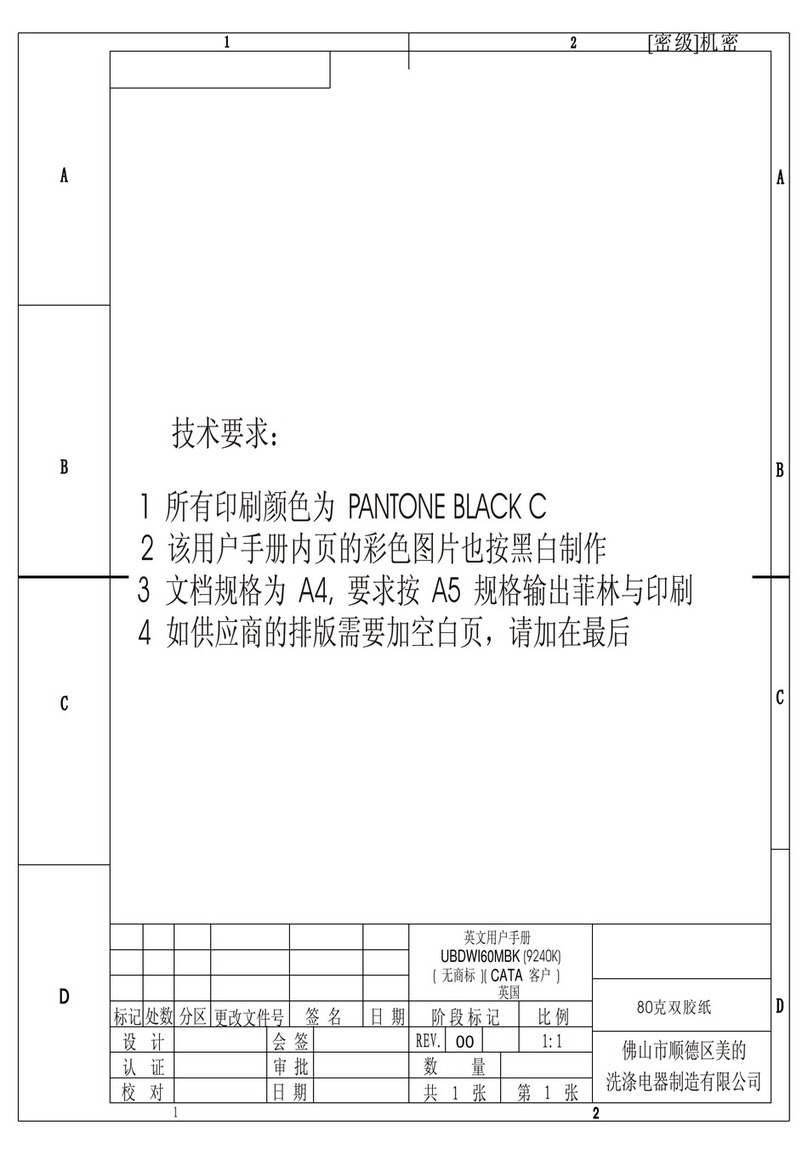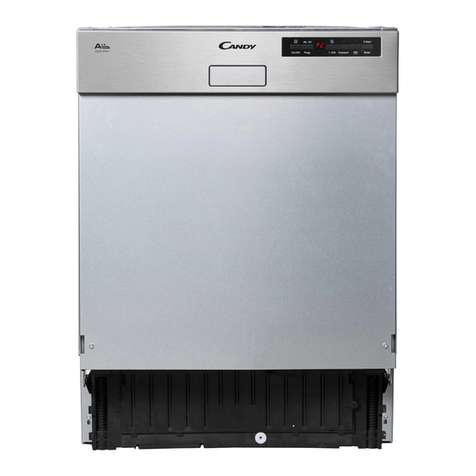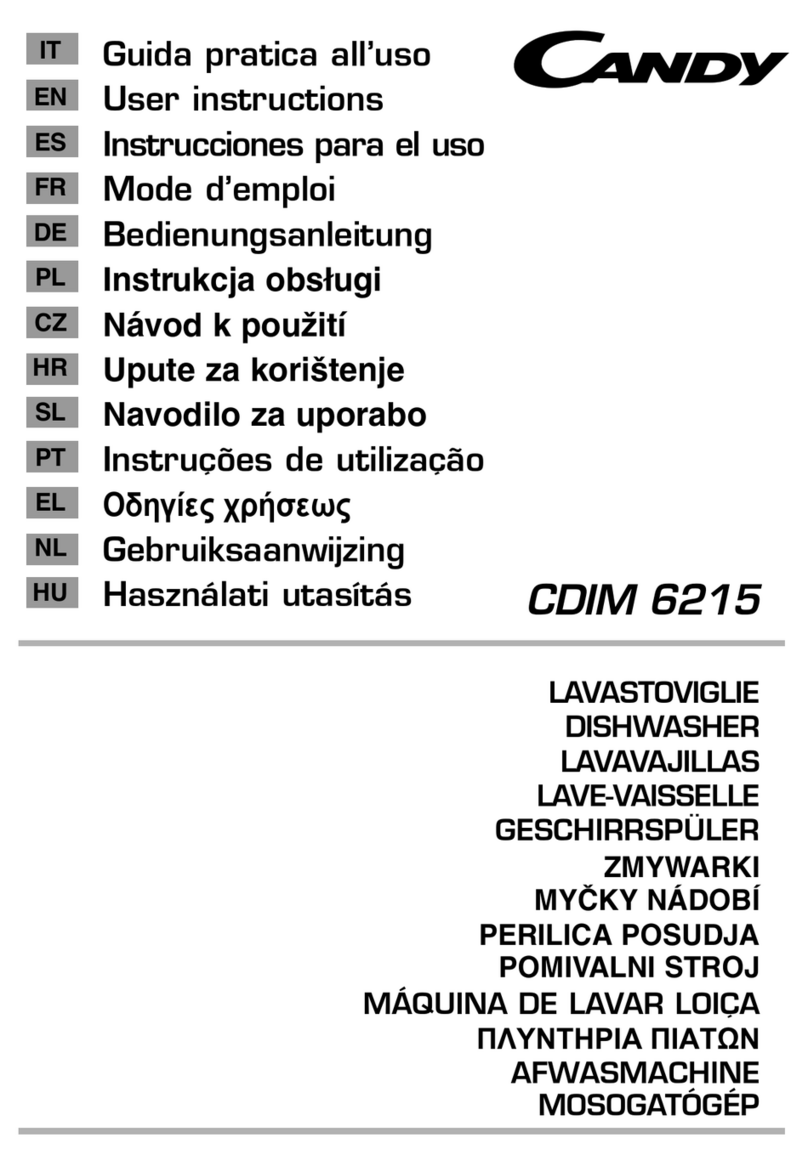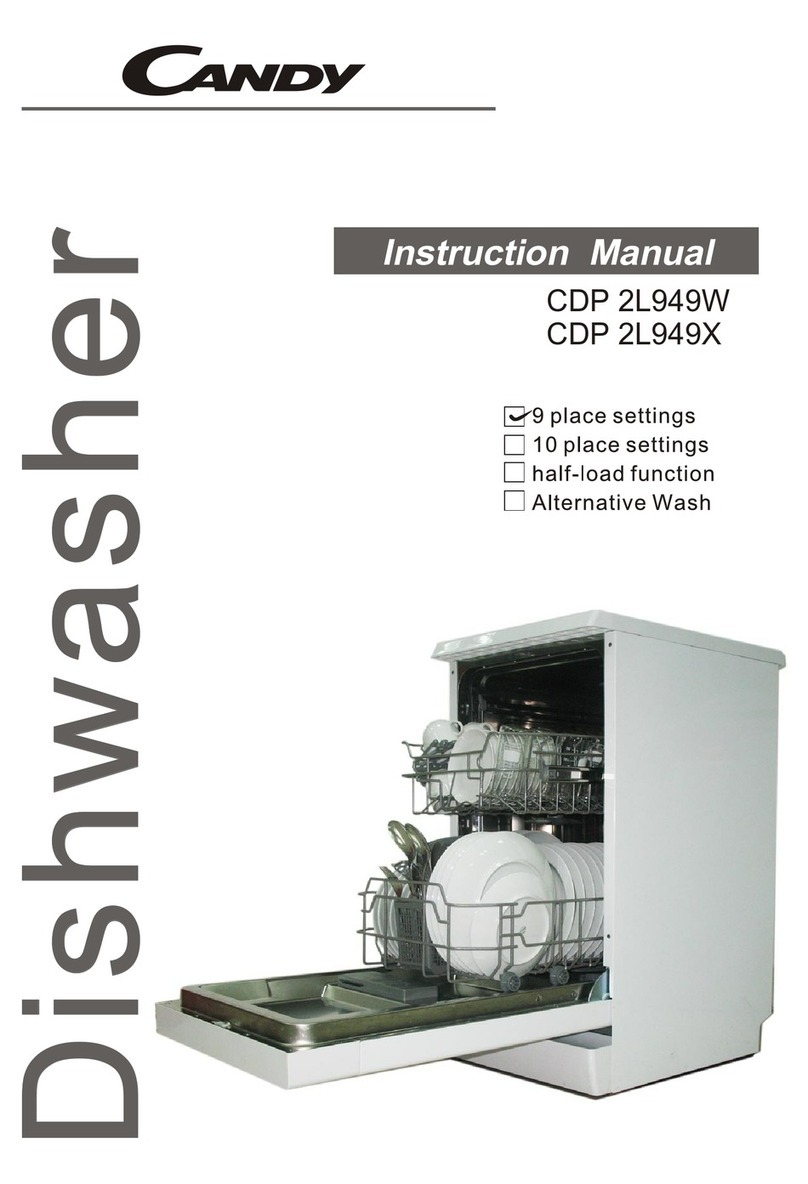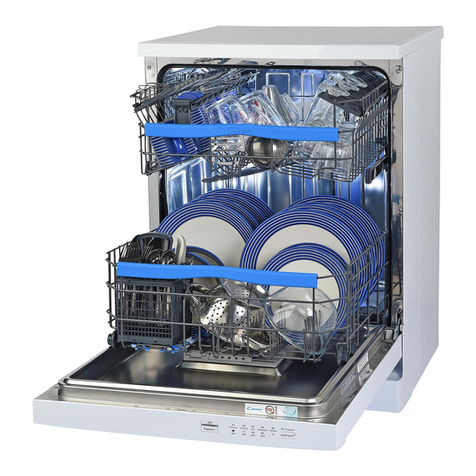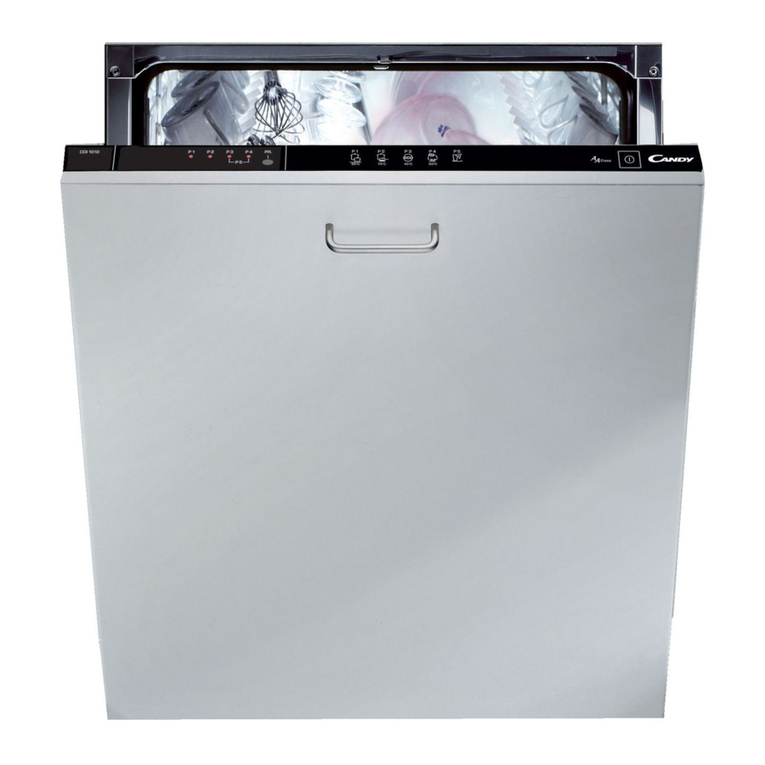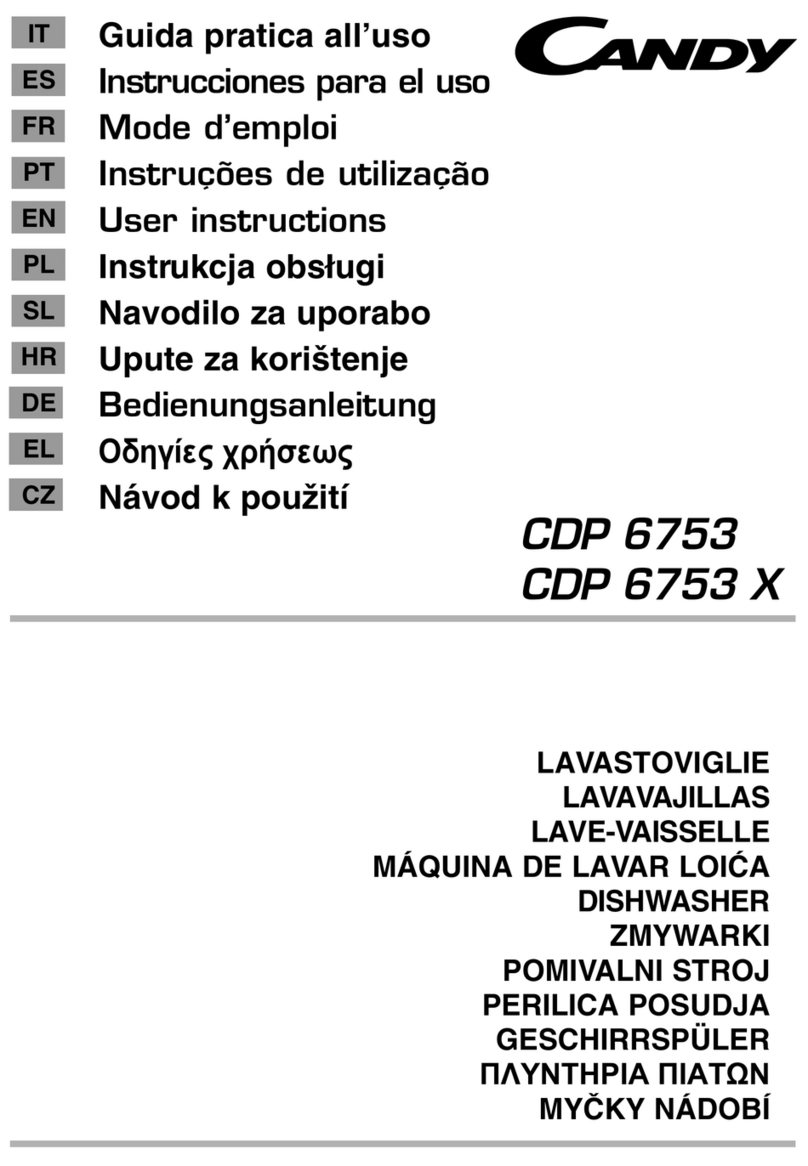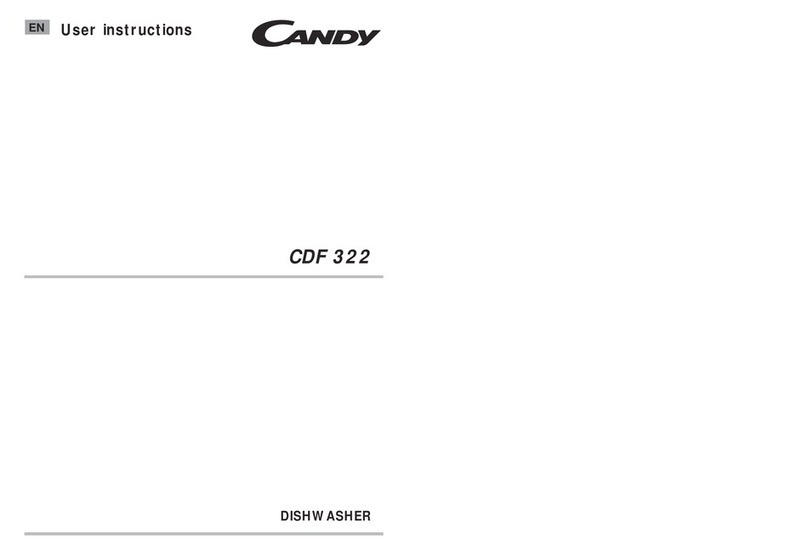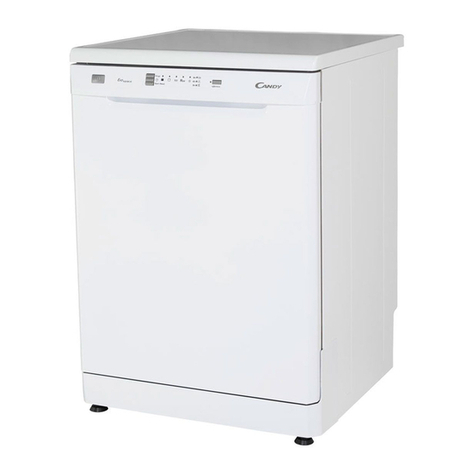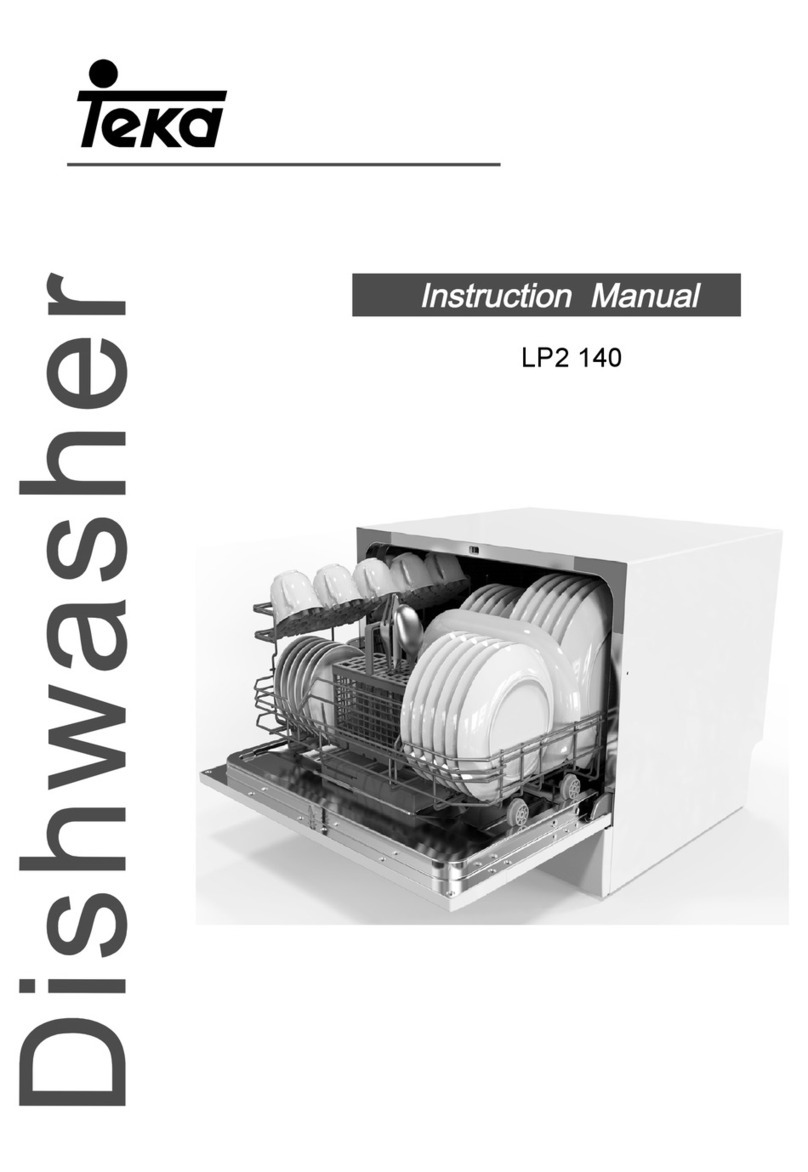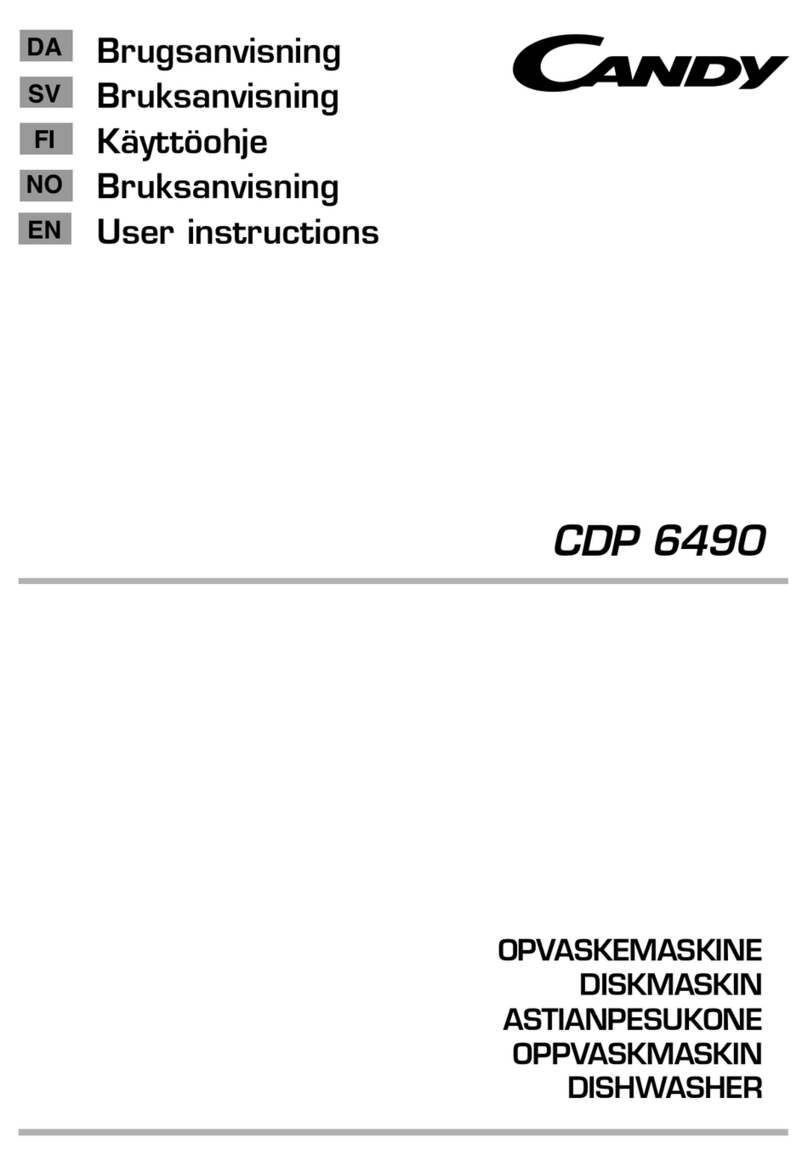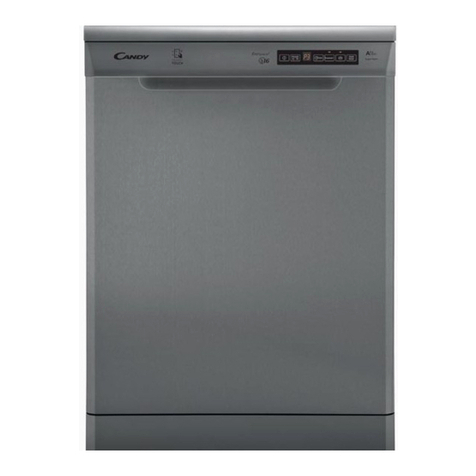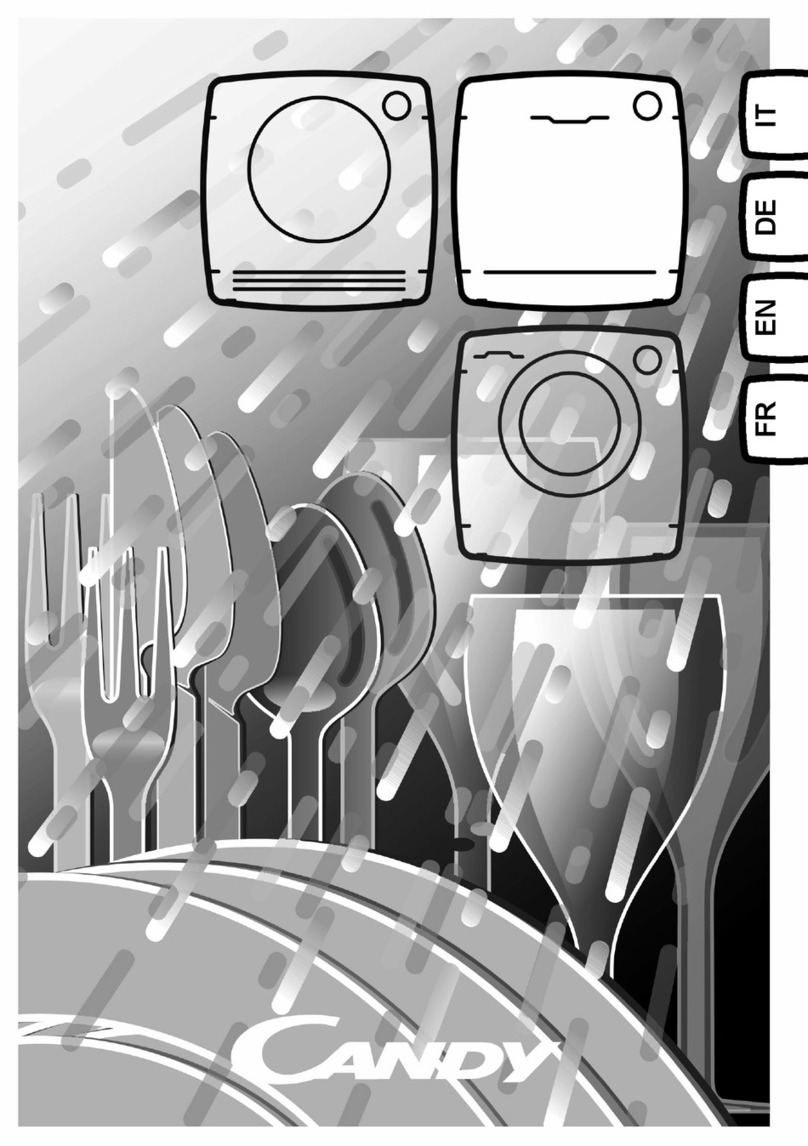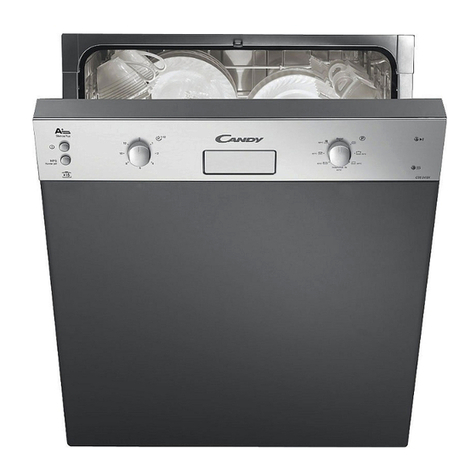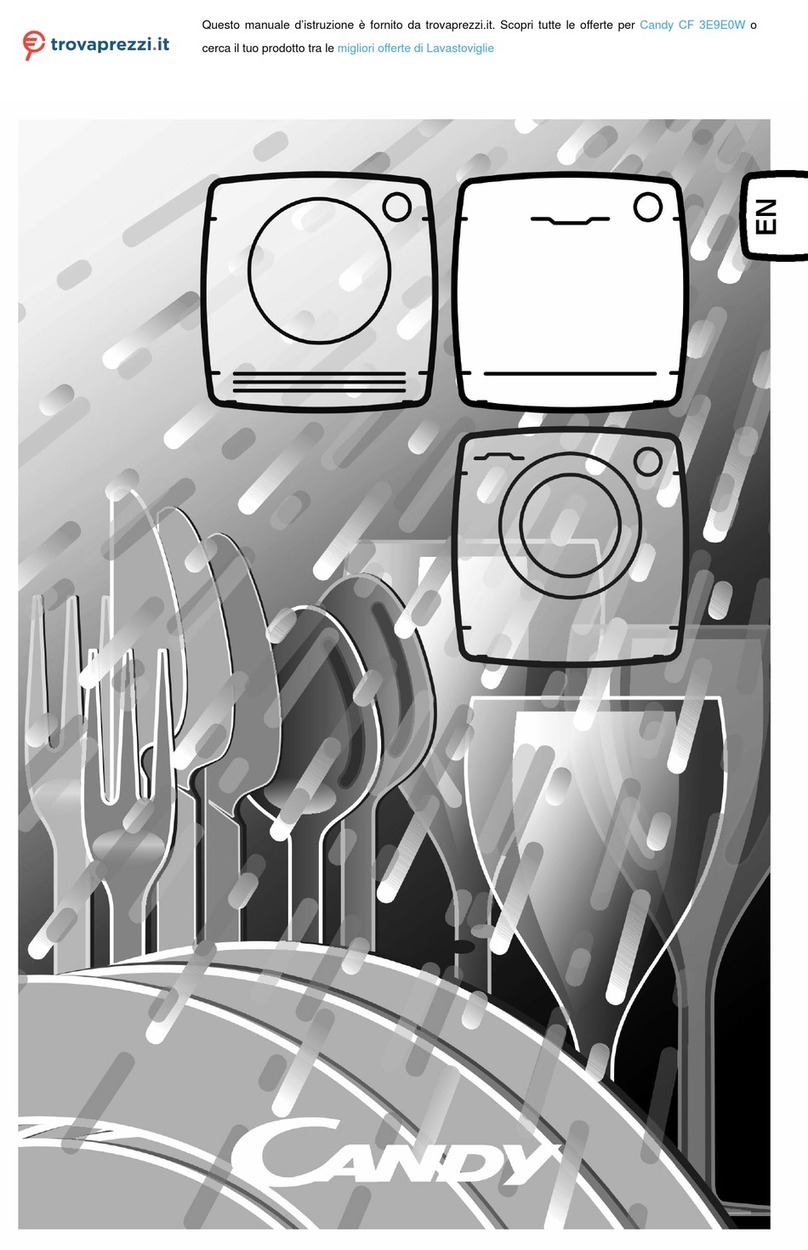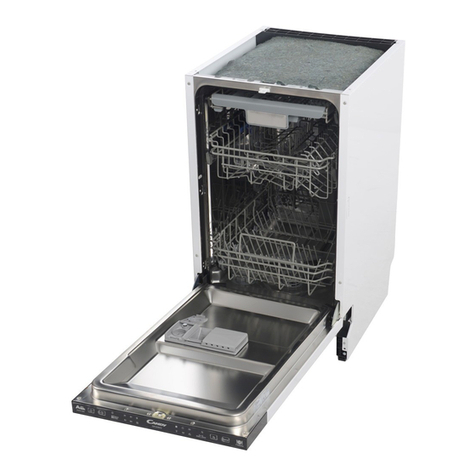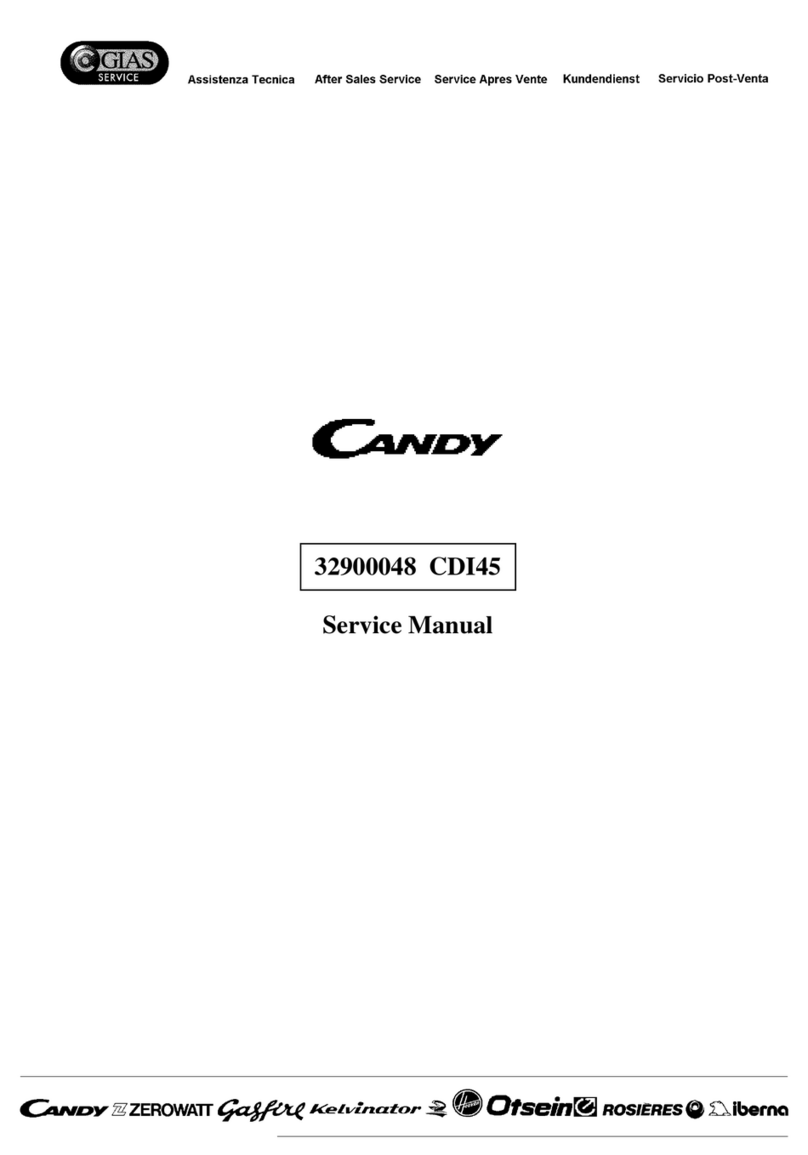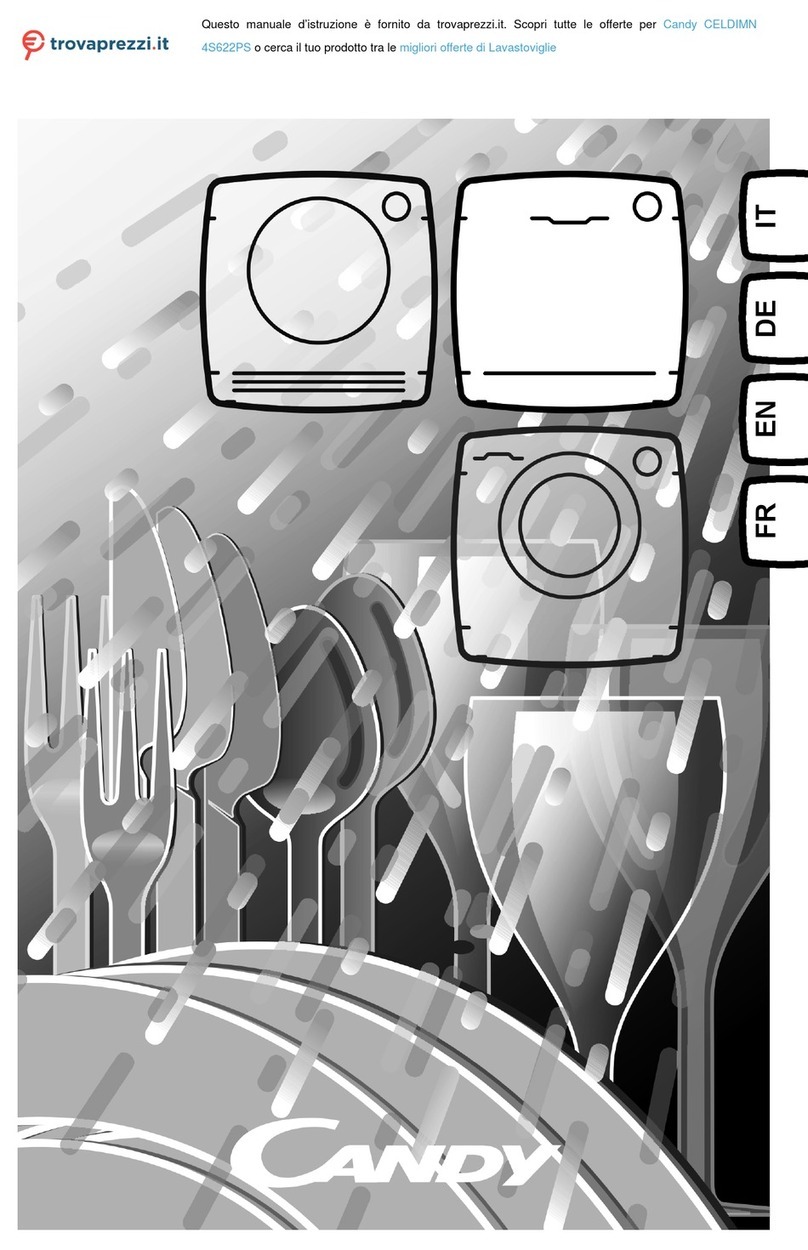
To review the section on troubleshooting Tips
will help youto solve somecommon problems
by yourself .
NOTE:
Dear Customer,
Please carefully read this manualbefore using the
dishwasher, itwill help youto use and maintain the
dishwasher properly.
Pass it on to anysubsequent owner ofthe appliance.
This manual containssections on safetyInstructions,
Operating Instructions, InstallationInstructions and
Troubleshooting Tips, etc.
The manufacturer,following a policyof constant
development and updatingof the product, may
make modifications withoutgiving prior notice.
This user manualshall also begot from the
manufacturer or responsiblevendor.
Read this Manual
Before Calling for Service
Keep it to refer to it at a later date.
If you can not solve the problems by yourself ,
please ask forthe help ofprofessional technicians.
1) Safety Information.........................................1
2) Quick operation guide................................... 2
Loading the baskets according to En50242
Dishwasher Features.................................... ...3
4) Prior usingfor the firsttime...........................4
5) Loading theDishwasher Basket.....................9
7) Maintenance andcleaning............................13
Filtering System.............................................13
Caring for the Dishwasher...............................14
6) Starting awashing programme.....................11
Wash Cycle Table...........................................11
Turning on the Appliance................................11
Change the Programme..................................12
At the end of the Wash Cycle...........................12
8) Installation instruction....................................15
Positioning theAppliance...............................15
Water Connection..........................................16
About Power Connection................................15
Start of dishwasher........................................17
9) TroubleshootingTips...................................18
Before calling for service.................................18
Error codes...................................................19
Technicalinformation.....................................20
3) Operation Instruction....................................3
Control Panel...................................................3
Recommengation...........................................9
For washing inthe dishwasher the
folliwing cutlery/dishes..................................9
Attention before or after loading the
Dishwasher Baskets......................................9
Removing the Dishes................................. ...9
The Method Loading Normal Dishware......... ...10
A Water Softener...........................................4
B Loading the Salt into the Softener.................5
C Loading the Detergent................................6
D Types ofDetergent............ .........................7

